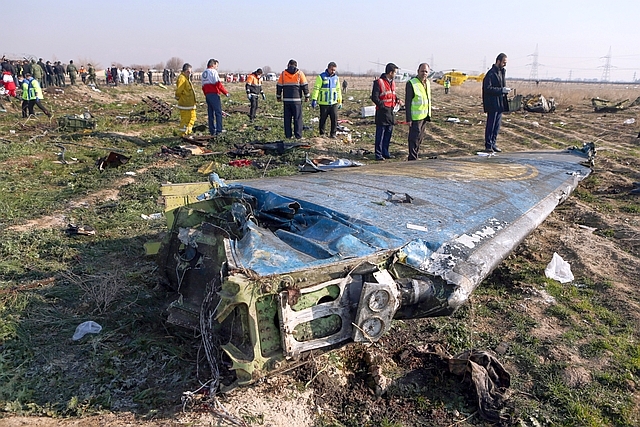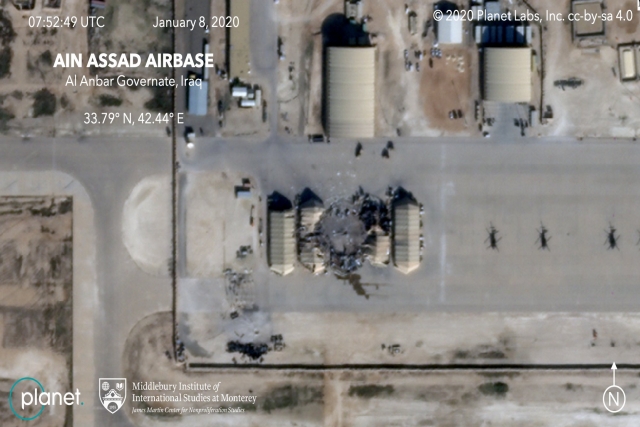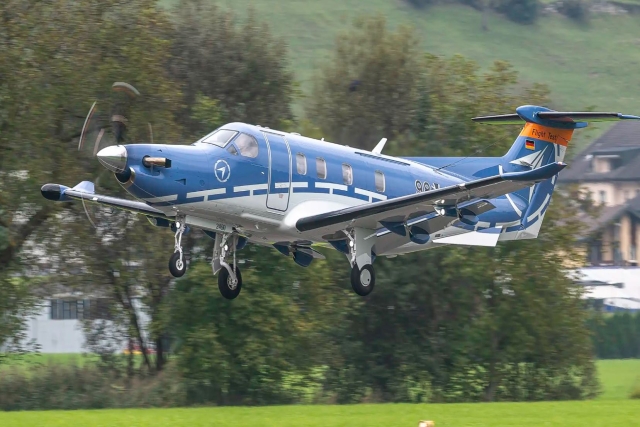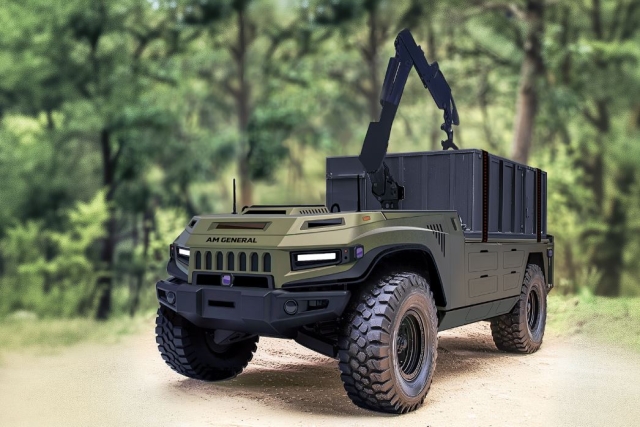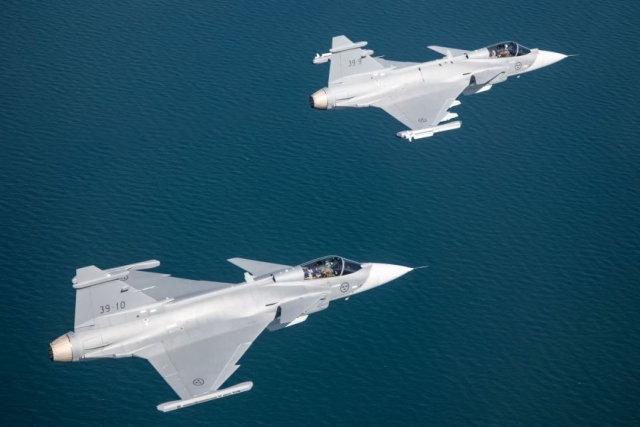Iran Owns Up To “Unintentional” Downing Of Ukrainian Jetliner
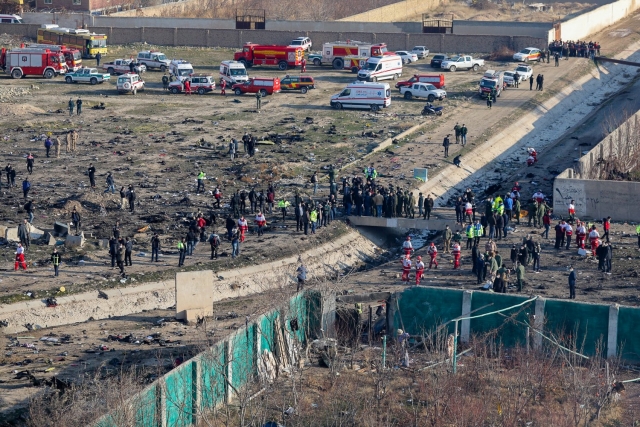
Iran has admitted that its military shot down the Ukrainian International Airlines (UIA) flight that crashed on Wednesday morning, killing all 176 on board.
“Armed Forces’ internal investigation has concluded that regrettably missiles fired due to human error caused the horrific crash of the Ukrainian plane & death of 176 innocent people. Investigations continue to identify & prosecute this great tragedy & unforgivable mistake,” Iranian President Hassan Rouhani said today.
The United States, Canada, and the United Kingdom have also stated that their intelligence data suggests the passenger jet was mistakenly targeted by an Iranian missile system known as SA-15 Gauntlet or Tor-M1.
Tehran had brushed aside these allegations, with officials citing mechanical issue and the timing to be sheer coincidence.
The PS752 airplane enroute to Kyiv crashed near Tehran minutes after take-off. A video circulating in the media showed the plane engulfed in fire while still in the air. It then exploded and crashed.
The accident took place roughly five hours after Iran launched a retaliatory missile attack to strike two US airbases in Iraq: Ain al-Asadand Erbil, to avenge the death of Iran’s top general, Qasem Soleimani in US drone strikes.
America’s Federal Aviation Administration (FAA) had issued a Notice to Airmen (NOTAM) establishing a no-fly zone for US aviators over Iran, Iraq, and waters of the Persian Gulf and the Gulf of Oman. It cited possibility of civilian airplanes to be misidentified as military aircraft as the reason behind the restriction.
Les Abend, a Boeing 777 captain and an Aviation Analyst speculated missile hit to be one of causes behind the unfortunate crash. “Judging by the relatively small pieces seen dispersed widely over the well-defined debris field of the accident site, the airplane's impact with the earth was at high speed and with great force…. It plunged dramatically and crashed. This implied that the pilot was not in direct control of the plane,” he wrote for CNN.
Les had enlisted “onboard electrical fire, explosion from somewhere within the fuselage, an engine fire” or a hit by “a heat-seeking missile” as possible causes.
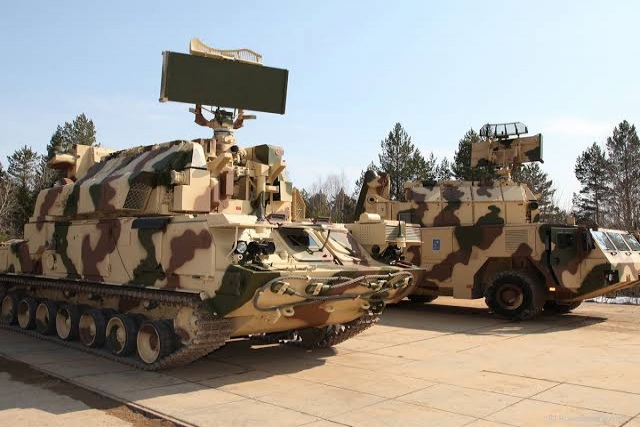
Even in August 2010, an Iranian Air Force F-4 Phantom fighter mistakenly entered a 20km no-fly zone around the new Bushehr Nuclear Power Plant, guarded by the Iranian Armed Forces on high alert.
Reportedly due to miscommunication between Iranian command and control components, the Islamic Revolutionary Guard Corps’ Tor-M1 units misinterpreted the friendly jet as a hostile target and effectively downed it. Iranian pilots managed to eject and survive the incident, reports Kyiv Post.
The Tor systems, developed by the Soviet Union in 1980s, are intended to hit aerial targets at low and medium altitudes. The modernized version of the system, Tor-M1, has two fire control channels, upping its accuracy and capacity to hit two targets simultaneously.
Tor-M1 is a fully-mobile, self-propelled system that includes a target locator, a control station, a computing center and a launcher. It is operated by a 3-person crew. It carries up to eight 9М331 missiles that can gain a speed ranging from 2,500-2,900kmph — more than twice the speed of sound.
The system is able to detect and hit moving aerial targets, including those concealed from radars via stealth, at altitudes of up to 12km. The missile’s warhead detonates upon reaching its target, bombarding it with shrapnel fragments.
According to the system’s manufacturers, Tor-M1’s probability of successfully targeting a McDonnell Douglas F-15 Eagle fighter jet ranges from 26-75%. When targeting an AGM-86 cruise missile its success rate is between 45-99%. For a Bell AH-1 Cobra helicopter, it is between 50-98%.
The Tor systems are designed to be operated either manually or in automatic mode. In the latter case, the system constantly scans the operational airspace and automatically targets all objects not recognized as friendly via a “friend or foe” radar-based identification system.
